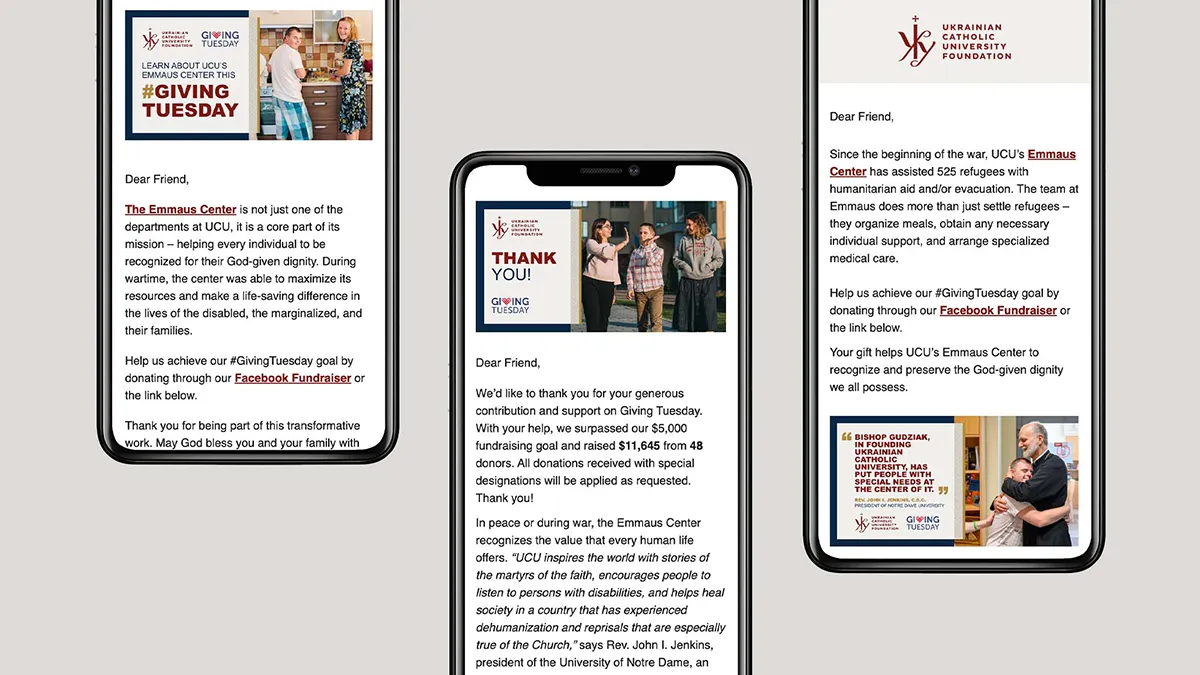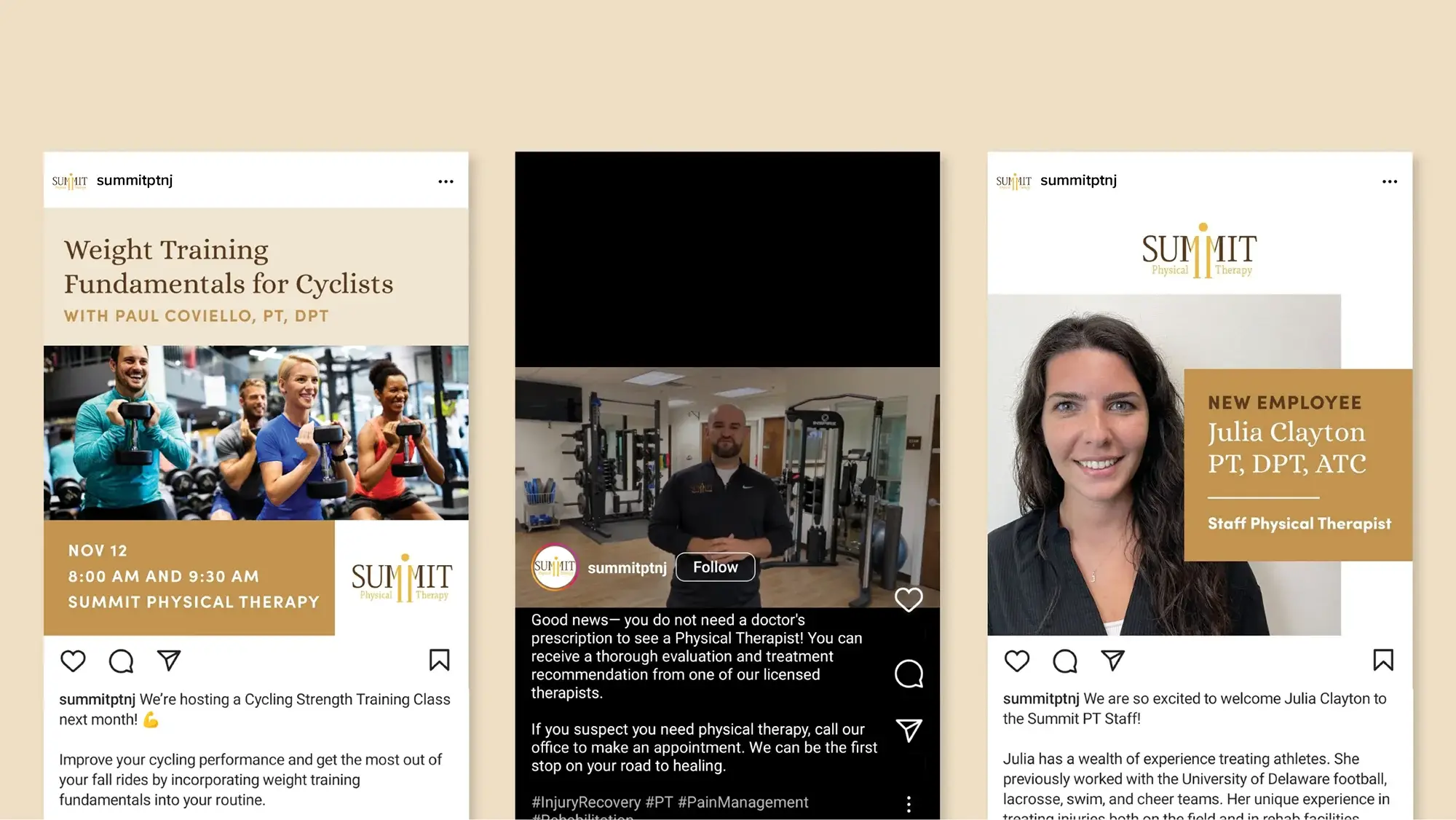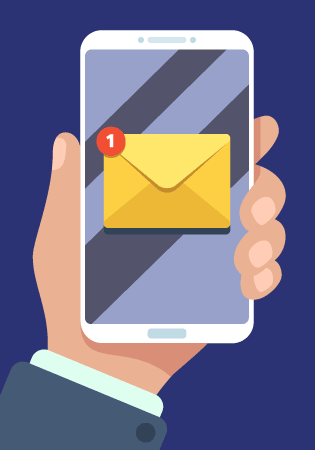Email marketing is one of the most effective ways for non-profits to drive fundraising, yet a full 70% of non-profits have no email marketing strategy. They may send emails out, but without a real plan for targeting and measuring their reach, they could miss many opportunities.
Non-profits have some of the highest open rates across email metrics, so building on that success seems like a no-brainer, right? There are good email marketing strategies that can keep your donor list involved and informed, leading to better engagement and increased donations.
Think about it: almost everyone is on email every day. What better place to reach them?
Done right, email is an excellent tool for engagement, and it is one of the marketing channels that can be done without the large budget for printing and postage. But it can yield big results.
Successful Email Marketing Starts with a Great Mailing List
Set up plenty of easy ways to sign up for your email list: your website’s footer, contact forms on your website, social media apps. Make all forms simple and quick to fill out. Be creative with how you build your collection of emails: membership drives, event registrations, donation forms, etc. All data points should be entered into your email database but be mindful that the more data you set to be required, the less likely someone will be to register.
Grow your list, but don’t mistake quantity for quality. Give the disinterested parties a chance to unsubscribe and you will end up with a list of true supporters. Maintaining your list is an ongoing effort; there will always be email addresses that need deleting or updating.
Your list can then be segmented according to demographics, geography, donor level or any metric that allows you to target supporters more meaningfully and effectively. In email marketing, specificity is a crucial element to successful fundraising.
Make sure your organization’s emails are not going into your recipient’s spam or junk folder. You can check your IP address with an online IP address checker to ensure it has not been blacklisted.
Additional ways to avoid your emails from being flagged as spam or junk is to avoid using spam triggers in the subject line like excessive punctuation, ALL CAPITALS, or words like “free” and “cash.” In order to be in compliance with the CAN-SPAM Act, your physical mailing address must be listed somewhere in your emails (in your signature, for example).
Automation Can Make Email Marketing More Effective
Use an automation tool to streamline the process and save time. Schedule emails based on:
- Actions your recipient takes (filling out a form, making a donation)
- Reminders of events
- Follow-ups to big occasions
- Alerts to news in your industry
- Specific thanks for a donation or attendance at an event
By cutting down on the repetitive, time-consuming parts of email marketing, you can then spend your efforts making your emails something the reader will look forward to opening.
Create Emails that Convert
Your email is a golden opportunity to connect with supporters about your important new projects, relay interesting donor stories, or tell them about how their donation was used to make a difference. Increase your open rate with a strong subject line; before sending it out, perform A/B testing to help optimize it by allowing two subsets to identify which subject line is more effective for the rest of your list to receive.
Personalized subject lines can work well, as can using a teaser, a question, or a command: “Join us for our gala!” Keep the subject line short so that the entire line can be read while in their mailbox: under 40 characters works well.
Use compelling photographs or interesting design to create some emotion or interest for your reader. Make the text easy to scan: use headlines and small paragraphs or bullet points. Your text should tell a story—however brief—that moves the reader and leads right to a call to action or a donation button.

For a Giving Tuesday campaign, Trillion used emails with a blend of images, text and success stories to evoke emotion and generate a compassionate response. Making the email visually appealing encourages the reader to become involved with the story, which can increase conversions.
Emails Build Relationships
Regular emails with updates and news will engage your supporters. Send out a welcome email after their first donation, and keep them informed about the projects they donated to and what the progress has been. You can send out news about your cause or express your gratitude for the ways your donors have made a difference. Keeping them updated makes them part of your community, which makes them more likely to be regular donors.
Personalize the message by using dynamic data that relates to your supporters. We use available fields in each email record, especially the first name of the person.
Check Your Email Metrics
Nearly all email marketing platforms will also offer tracking so you can understand and improve your open and click-through rates. Analyze the data to decide what day and time is best for sending your emails and what types of content are resulting in the most engagement. You can take that one step further by integrating your email list with a CRM to create sequences of relevant follow-ups to your supporters cued by things such as event registrations or donations.
Effective Email Marketing Leads to Increased Donations
Email marketing is an absolutely essential tool for fundraising. It can keep you in close touch with your donors and build a solid community of support. There is a science to it: a targeted list, compelling storytelling and effective use of analytics. If you would like to optimize your email marketing communication, reach out to Trillion. Our talented team can help you create just the right tone and strategy to turn your supporters into regular, enthusiastic donors—via email!






